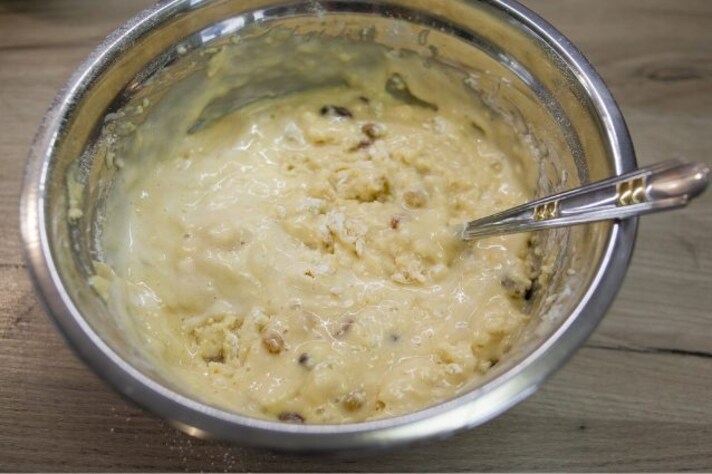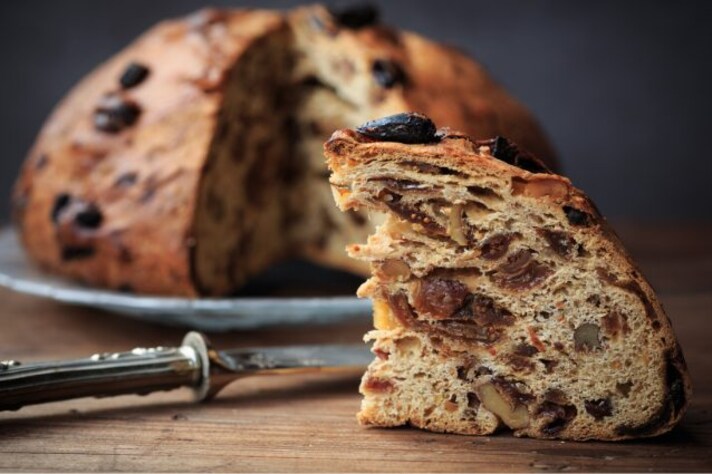Here’s Why You Should Never Add Fruit Too Soon Into a Dough When You’re Baking
Adding fruit - both fresh and dried - too early to your doughs, when you're making bread, buns or cakes, can leave you with either a soggy loaf or a dried up one, because fruit releases and absorbs too much moisture from the dough. It can also disrupt the formation of gluten, halting the raising process of your dough!

With fall just around the corner, the scent of freshly baked buns, breads, and cakes is bound to fill kitchens once again. As the weather cools, nothing feels more comforting than a warm, fruit-studded bun—think sweet raisins scattered in a tender dough. The little bites of sweetness elevate your baked goods to another level. But here’s the catch: if you want those bursts of flavor to shine, there’s a major mistake you should avoid—adding fruit to your dough too soon.
Why Adding Fruit Early Is a Big No-No
It might be tempting to toss in those raisins, dried cranberries, or fresh berries into your dough right at the beginning, but this seemingly harmless act can sabotage your baking efforts. Fresh fruits contain moisture, and when added early, they can release that moisture into the dough, making it soggy or disrupting the structure. This can result in dense, heavy baked goods that won’t rise properly. On the other hand, dried fruits like raisins and currants can absorb too much moisture from the dough, leaving you with dry spots instead of the juicy bites you were hoping for.
Moreover, fresh fruits like berries and apples have natural sugars that can caramelize during the baking process, but if they’re in the dough for too long, they might break down and lose their texture, leaving you with mushy, indistinct pockets rather than distinct fruit bites.

The Impact on the Dough’s Gluten Development
Adding fruit too soon can also interfere with the dough’s gluten development. Gluten is essential for giving your bread, buns, or cakes that beautiful, airy structure. If you add fruit at the wrong stage, the moisture and sugars can make the dough too sticky, disrupting the kneading process and weakening the gluten strands. This can result in a flat or tough texture, and nobody wants fruit-studded bricks!
Particularly with dried fruit, the prolonged mixing and kneading required for dough development can crush or tear the delicate fruit pieces, causing uneven distribution throughout the dough. Instead of evenly dispersed sweetness, you could end up with clumps of overly moist or dry sections that compromise the dough’s integrity.

When Is the Right Time to Add Fruit?
So, when should you add fruit to your dough? The golden rule is to wait until the dough has had a chance to develop its structure. If you’re making bread or buns, add the fruit after the first knead, once the dough has been shaped but before the final rise. This allows the gluten to form properly, and the dough can evenly absorb the moisture without becoming too soggy.
For cakes or quick breads, add your fruit just before pouring the batter into the pan. This prevents the fruit from sinking to the bottom or breaking apart during mixing. You can also toss dried fruit in a bit of flour before adding it—this helps the fruit stay suspended in the batter and ensures even distribution.
;Resize,width=767;)
;Resize,width=712;)


